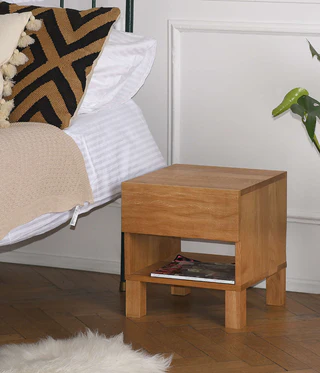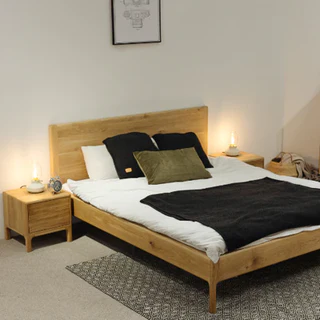The sofa, a staple of modern living rooms, has a fascinating history that stretches back thousands of years. Though Jay Wellington Couch is credited with inventing the first official sofa in 1895, similar seating designs have existed across civilizations. The concept of a comfortable, multi-person seat has evolved over time, reflecting changes in lifestyle, craftsmanship, and social status.
Ancient Beginnings: Where It All Started
-
Ancient Greece – The Kline
The earliest form of a sofa-like seat can be traced to Ancient Greece, where the "kline" was a common feature in homes. This was a rectangular wooden frame with four legs, topped with cushions and fabric, allowing multiple people to sit or recline. Greeks often used them for lounging, dining, and socializing. -
Ancient Rome – The Triclinium
The Romans adapted the Greek kline into the "triclinium," a three-sided reclining sofa used in dining rooms. Nobles would lie down while eating, reflecting the luxurious lifestyle of Roman aristocracy.
The Renaissance of Comfort: 16th – 17th Century Europe
-
16th Century – The Birth of Upholstered Seating
As European homes became more comfortable due to improved living conditions, furniture makers began crafting padded seats with wooden frames. These were early precursors to sofas, designed for wealthier households. -
17th Century – The French "Double Chair"
The French took innovation further by designing the double chair, a wider seat that allowed two people to sit together. This marked the transition from single chairs to more social seating arrangements, setting the stage for the modern sofa.
The Victorian Era & the Chesterfield Legacy
During the Victorian period, the sofa became a symbol of social status. The iconic Chesterfield sofa, with its deep-buttoned upholstery, rolled arms, and luxurious leather, became a favorite among aristocrats. Chesterfields were found in gentlemen’s clubs, lavish homes, and the parlors of the wealthy, reinforcing the sofa as a statement of elegance.
The Industrial Revolution: A Game-Changer for Sofas
The Industrial Revolution (18th – 19th centuries) revolutionised furniture making:
- The invention of sewing machines made upholstery more accessible.
- Mass production and component-based furniture made sofas more affordable to the middle class.
- The term “couch” (derived from the French word coucher, meaning "to lie down") became common in English, alongside “sofa.”
The Man Who Gave the Sofa Its Modern Shape
Jay Wellington Couch, an American furniture maker, is credited with inventing the first official sofa in 1895. He envisioned a seat that wasn’t just for sitting but could accommodate reclining and sleeping. His design lengthened traditional seating, making the sofa more versatile and comfortable. This innovation led to modern variations, including sectionals, sofa beds, and chaise lounges.
From Past to Present: The Sofa Today
Fast forward to today, and the sofa remains a central piece of home décor, reflecting individual style, comfort, and function. From mid-century modern designs to plush, oversized sectionals, the evolution of the sofa continues. Whether it's a minimalist Scandinavian piece or a classic Chesterfield, the sofa is a testament to centuries of craftsmanship, cultural shifts, and the human need for comfort.
Final Thoughts
The sofa has journeyed from ancient Greek banquet halls to modern living rooms, adapting to changing lifestyles and technological advancements. Whether you call it a sofa or a couch, one thing remains true—it’s the heart of every home, a place for relaxation, conversation, and, thanks to Jay Wellington Couch, even a quick nap.










































